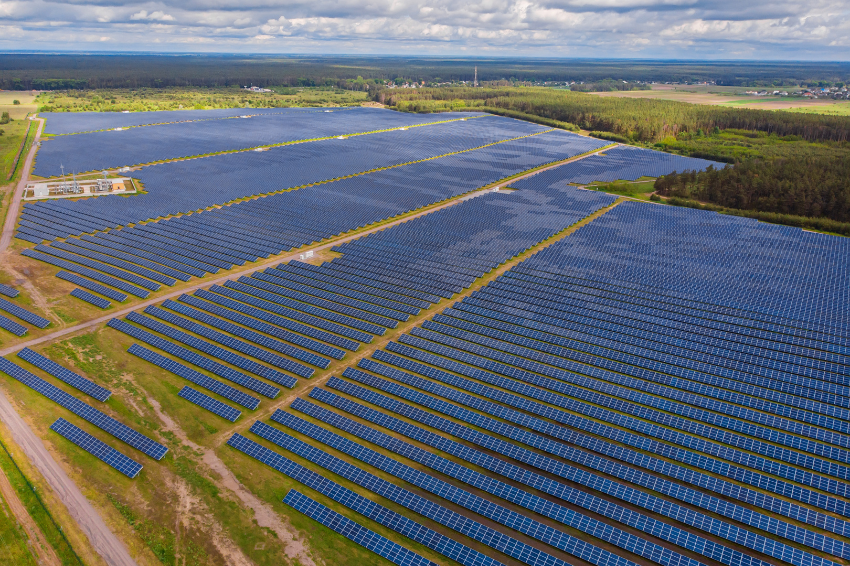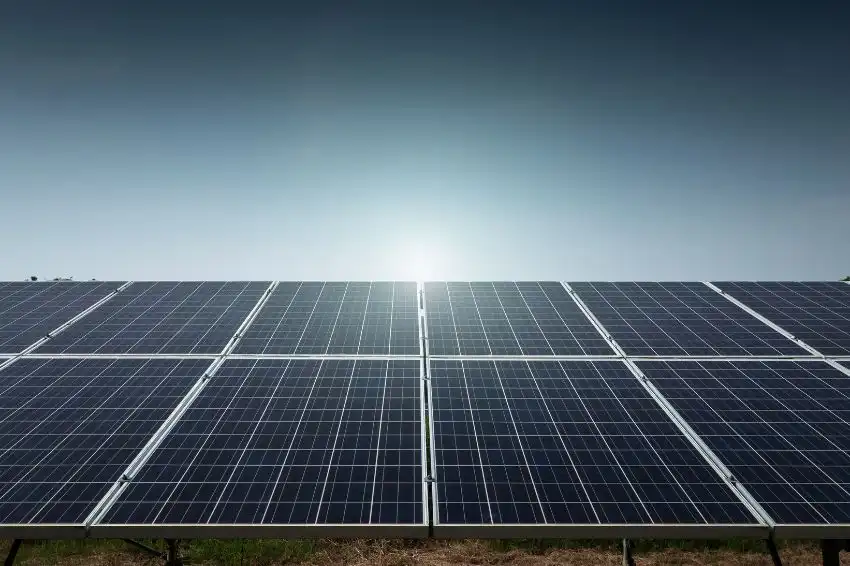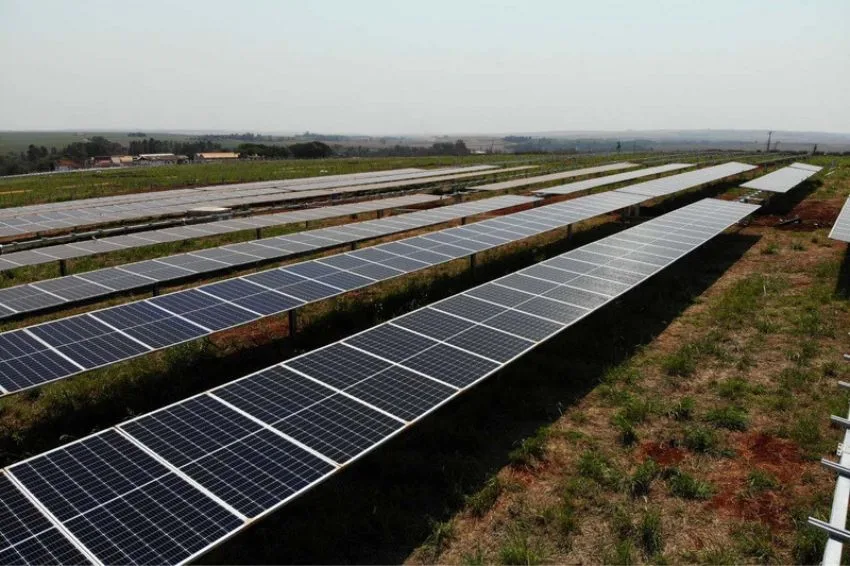At the solar energy market, The China is known to be the greater power worldwide in the manufacture and export of photovoltaic equipment, reselling products all over the planet.
One study published by Wood Mackenzie points out that China will be responsible for more than Capacity 80% global of manufacturing polysilicon, wafer, photovoltaic cells and modules up to 2026.
That domain will happen even with the growth From others markets, like the U.S, from the India and from European Union, which, in recent years, began to adopt more aggressive production incentive of these inputs.
According to the study, in 2023 alone, China would have invested more than US$ 130 billion in the solar industry – which helps make its capacity sufficient to meet the annual demand of the entire planet until 2032.
In Brazil, in fact, the majority of brands used by integrators and professionals in the sector come from the Chinese market.
In 2023 alone, more than 20 GW of photovoltaic modules were imported from China – a volume 15% higher than in 2022, according to data from Infolink Consulting.
Key change
China has been investing in clean energy sources for a long time. However, the accelerated growth that made it break away from other countries to once and for all dominate the global solar energy chain began at the beginning of this decade amid the strong real estate crisis that hit the country.
In 2021, the Evergrande Group surprised everyone by filing for bankruptcy protection, which caused massive turmoil in the Chinese real estate segment, which to this day has not recovered.
Concerned about the economic impacts, the Chinese government needed to act and the measure chosen to contain the crisis was to invest in new technologies that could dominate the world market in the not-so-distant future.
Thus, the traditional trio of economic flagships in China: clothing, furniture and household appliances, gave way to solar panels, electric cars and lithium batteries.
In this sense, incentives from municipalities were fundamental for the generation of products with lower costs, while state banks provided loans at low interest rates.
Reaction
Recently, China announced that it will further accelerate the construction of solar panel farms, as well as wind and hydropower projects, according to Premier Li Qiang.
In response to the situation, the United States government has put in place subsidies that cover much of the cost of manufacturing solar panels and part of the cost of installation.
The European Commission, in turn, calculated in the January report this year that Chinese companies could manufacture solar panels from US$ 0.16 to US$ 0.19 per watt of generation capacity.
All content on Canal Solar is protected by copyright law, and partial or total reproduction of this site in any medium is expressly prohibited. If you are interested in collaborating or reusing some of our material, we ask that you contact us via email: [email protected].















